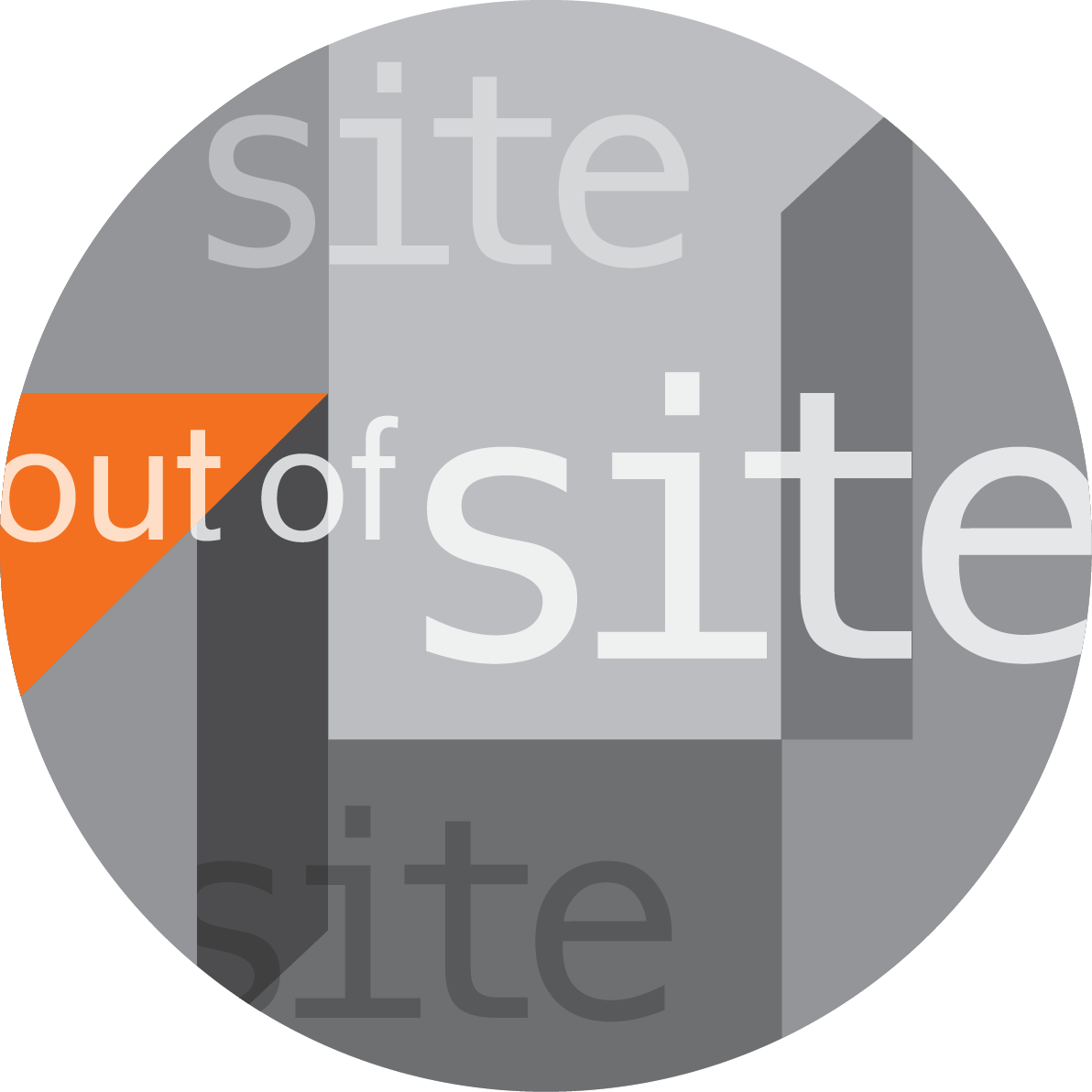Community Healing, Public Performance, and Art
by Elisa Shoenberger
In Angelique Grandone’s discussion on the role of public performance on community healing for the Flow Symposium, the importance of time came up in the conversation with the participants. We discussed how time plays a role in public performance: time to process the trauma, time to develop connections within the community, time to perform.
I think it’s easy to say time is one of the salient parts of performance work. When people think of performance art, they often think of durational performances where the artist stretches themselves to the limit in service of their art form.
But that’s a surface reading of the role that time plays in performance art. I think Marilyn Arsem eloquently sums it up in her 2011 manifesto “This is Performance Art” in Responding to Site when she writes: “Performance art is now... It exists on the same plane as those who witness it...Performance art is experience - shared time and space and actions between people...It is an action created by an artist for a specific time and place.” It’s part of what distinguishes performance art from theater and dance.
But this specificity of time and place is made even more salient when considering public performance to facilitate in community healing. Grandone aptly asked the participants: What does community healing even mean? Many participants responded along a common theme - healing takes place over time. Sometimes trauma can be so overwhelming and closely held that it can’t yet be processed. It cannot even be written or expressed. Distance is necessary from the initial trauma to get to the point that healing can be possible or even begin. Or an act of creation can help make meaning of it or help with the healing.
I couldn’t help but think of words oft-misquoted by German philosopher Theodor Adorno who asked, “To write poetry after Auschwitz is barbaric.” How can one write something beautiful about the world after the horrors of the Holocaust. But as many have pointed out over the years, he’s not saying it’s impossible —people tend to remember the quotation with the word “impossible” instead of “barbaric.” Timing might be the key to getting past the barbaric possibility of poetry. Poets, artists, and others have since made incredible works unpacking and making meaning of the Holocaust.
Or in a much less serious example, there’s the case of the Cows and a Parisian Metro station. Years ago as a girl, I was sitting in on a meeting of delegates from the Sisters Cities program between Paris and Chicago. The delegates were asking to exchange unique works of art particular to their city. The Parisians were offering up a reproduction of French architect and designer Hector Guimard’s Metro art deco station entrance. The Chicago delegate offered up a statue from Chicago’s recent Cows on Parade.
Even as a child, I could tell the offer was not well received but wasn’t sure why. My mother would later tell me that the reaction was a result of bad timing. Before the meeting, France and other Western European countries had been ravaged by hoof and mouth disease resulting in the deaths of millions of cattle. It was more likely that was on the minds of the Parisian delegates rather than Chicago’s public art program. While it may not have meant as a slight, it likely was received as one. (Chicago’s art gift ended up being something else entirely).
However, we can’t forget the role that art can offer even in the midst of trauma. In a conversation after the discussion, Angelique Grandone mentioned a well-placed song or even a poem that brings a moment of healing. She mentioned the incredible Clowns without Borders where clowns from throughout the world go into refugee camps and conflict zones; their motto is “We Bring Laughter Where It's Needed Most.” Like many performance groups, they too had to pivot in a pandemic world. But even with the pandemic and other events, like the Beirut explosion, they’ve managed to bring joy and healing to the people they’ve encountered.
So when is the time to perform a piece for a community in pain? Like anything, it depends on the particular context and approach. The artist’s knowledge and embeddedness in a community certainly helps to judge the timing. For instance, Grandone cited a Park District sponsored piece by Mexican artist Adela Goldbard last year. Goldbard spent two years in La Villita, a neighborhood in Chicago, working with community members to create papier mâché objects in a piece called The Last Judgment that had to be adapted for the pandemic last year. While it wasn’t debuted in front of a larger audience as planned, they set it up next to Cook County Prison, located in the neighborhood, so the audience ended up being the prisoners and prison staff.
With Goldbard, community members made large papier mâché sculptures of cultural meaningful objects, everything from a paleta truck, a mobile Mexican popsicle stand, to staple buildings of the community. They also included symbols of oppression and gentrification, such as people acting as gentrifiers and even an Immigration and Customs Enforcement (ICE) car. The end result was that all the paper mâché objects would be burned with fireworks.
Goldbard writes on her website: “The play became an effigy-burning event: pyrotechnic effects used by the Franciscans to frighten were transformed into tools of celebration and protest to perform an allegorical collective purging of social ills, to correct official narratives, to bridge between dislocated communities, and to envision new futures through collective destruction.”Ultimately, Goldbard worked within the community for years to be able to create such a powerful piece.
So while the performance is now, to quote Arsem, artists and community members have to make sure that now is the right time and the right place for artistic expression and healing. Depending on the how and why, it may just be the perfect time.

